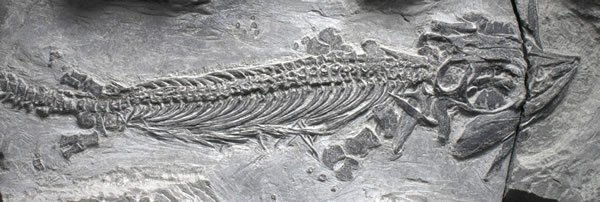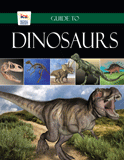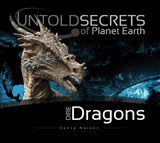
I Must Go Down to the Seas Again
The Washington Post declared in a headline that Cartorhynchus lenticarpus “could prove a problem for creationists.”1 This polysyllabic sea creature, whose discovery was announced last November, is being hailed as an evolutionary link between the early land creatures that supposedly returned to the sea and the large aquatic reptiles known as ichthyosaurs they supposedly became. Since these reptiles bore live young, evolutionists believe they must have lived on land first and then returned to the sea, like the land mammals that supposedly evolved into whales. Researchers believe C. lenticarpus was an intermediary that could live in both land and sea.
But this characterization is a bit premature. Although National Geographic News reports “a new species of dinosaur-era reptile that could live on both land and in water,”2 the evidence for amphibious behavior is minimal. Researchers think the wrist area had cartilage, allowing for a flex point that might make possible some awkward waddling on land, but this creature was very clearly marine.

photo Dr. Ryosuke Motani
Does the newfound fossil, Cartorhynchus lenticarpus, represent a missing stage in the evolution of ichthyosaurs? Or is this fossil another example of a creature that was designed to thrive in a specific environment?
This creature is just another example of the huge variety of reptiles in the pre-Flood world.
Clearly, more research is needed before this little “sea monster” can be definitively categorized. Flippers that enabled it to flop around on land do not mean it was making an evolutionary transition from land to water, any more than a seal is evolving into an underwater mammal. This creature looks like it was designed to live in the wet, coastal regions, between land and sea, just like so many other unusual creatures in Permian-Triassic layers.
Was it an ichthyosaur that moved about on land? It had flippers, but we don’t yet know if it had a dorsal fin like the ichthyosaurs. It also had a short snout, not a beak like ichthyosaurs. These differences seem to indicate that they were not in the same created kind. More likely, Cartorhynchus is another example of the huge variety of reptiles that lived in the pre-Flood world but are now extinct.
Answers Magazine
April – June 2015
The eruption of Mount Saint Helens in the 1980s changed how we view catastrophe; on its thirty-fifth anniversary, we examine what we’ve learned since then.
Browse IssueFootnotes
- http://www.washingtonpost.com/news/speaking-of-science/wp/2014/11/05/newly-discovered-fossil-could-prove-a-problem-for-creationists/
- http://news.nationalgeographic.com/news/2014/11/141105-ichthyosaurs-sea-monsters-dinosaurs-science-fossils/
Recommended Resources

Answers in Genesis is an apologetics ministry, dedicated to helping Christians defend their faith and proclaim the good news of Jesus Christ.
- Customer Service 800.778.3390
- Available Monday–Friday | 9 AM–5 PM ET
- © 2026 Answers in Genesis






